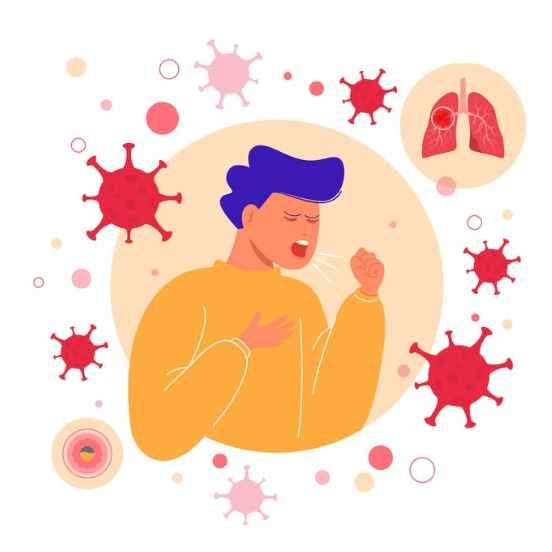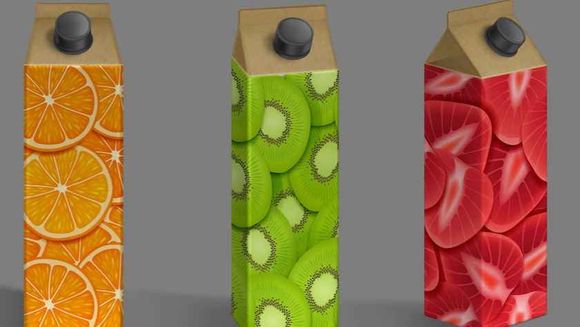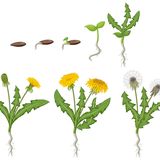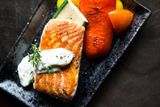The Most Dangerous Food Enhancers in Our Diet
Calcium sulphite E226
Very widely used, mainly as a preservative or antioxidant in a wide range of foods - from burgers to biscuits, dried fruits and vegetables and other foods. In the U.S., for example, sulfites are banned in many foods, including meat, because they make old products look fresh. They can cause bronchial problems, redness, low blood pressure, numbness and anaphylactic shock.
The International Labour Organization recommends avoiding it if you suffer from bronchial asthma, cardiovascular or respiratory problems, and emphysema. The European Food and Regulatory Agency (EFSA) also said there were some concerns about the consumption of sulphites, but there was insufficient information to confirm its harmful effects in humans. The scientists point out that the available toxicity data are not sufficient to derive an acceptable daily intake (ADI) level. Instead, they calculate exposure limits (MOEs) by considering dietary intake and dose associated with neurotoxic effects in animal tests. 1
Monosodium glutamate (MSG) E621
Widely used as flavoring and flavoring. In a number of people, its consumption can lead to unpleasant symptoms, including tension in the head, seizures, chest pain, headache, nausea, burning sensation and tightness of the face. Many baby food manufacturers have stopped adding this substance to their foods. Some of the reasons lie in the next paragraph.
Preclinical studies have linked administration of monosodium glutamate to cardiotoxicity, hepatotoxicity, neurotoxicity, low-grade inflammation, metabolic disorder and premature malignancies, along with changes in behaviour. In addition, relationships between MSG consumption and tumorigenesis, increased oxidative stress and apoptosis in thymocytes, as well as genotoxic effects in lymphocytes have been reported. [Ref. 1] Although other scientists later found methodological errors and did not confirm the same effects in humans, the potential harmful action remained a risk. In any case, they occur with long-term increased consumption of monosodium glutamate.
Ponceau 4R E124
Ponceau is widely used as a colorant in foods. People who suffer from asthma, rhinitis, urticaria, may find that their symptoms worsen after eating foods containing this colorant.

Potassium benzoate E212
Preservative in many foods, including beverages, low-sugar products, cereals, meat products. Potassium benzoate may temporarily inhibit the function of digestive enzymes and may reduce glycine and amino acid levels. It should be avoided by people with allergic conditions such as hay fever, hives, and asthma. 3
Potassium nitrite E249
It is used as a preservative in canned meat and others. It may contribute to three main health problems: it can reduce the oxygen-carrying capacity of the blood; It can be combined with other substances to form nitrosamines, which are carcinogenic, and can have a negative effect on the adrenal glands.
Propyl P-hydroxybenzoate, propylparaben E216
E216 is a preservative in patetes, cereals, snacks, meat products and confectionery. Parabens have been identified as the cause of chronic dermatitis in many cases.

Sodium metabisulphite E223
E223 is widely used as a preservative and antioxidant. It can provoke life-threatening asthma - there is a documented case of severe asthma after eating a salad with vinegar-based dressing containing E223. For this preservative, there is evidence that it causes bowel disorder, skin disorders and destroys vitamin B12 - one of the most important B vitamins. IV
Sodium sulphite E221
Preservative used in the production of wine, other food and beverages. Sulfites have been associated with triggering asthma attacks.
Stannous chloride E512
Antioxidant and color-preserving agent in canned and bottled foods, also in fruit juices. There is evidence of acute poisoning when ingesting fruit juices with concentrations above 250 mg. per liter. Poisoning causes sumptoms such as nausea, vomiting, diarrhea and headache.

Sulphur dioxide E220
Very widely used preservative in food and drink. Sulfur dioxide reacts with a wide range of substances found in food, including various essential vitamins, minerals, enzymes, and essential fatty acids. Most often they cause problems in the bronchi, especially in people who are prone to asthma. Other side effects may include hypotension (low blood pressure), redness, numbness and anaphylactic shock. According to the International Labour Organization, you should avoid E220 if you suffer from conjunctivitis, bronchitis, emphysema, bronchial asthma or cardiovascular disease.
Sunset Yellow E110
Widely used colorant in food. Some animal studies have shown growth retardation and severe weight loss. People with asthma, rhinitis or urticaria should avoid this colorant and the products that contain it.
Tartrazine E102
A widely used food coloring agent that can cause allergic reactions in about 15 percent of the population. It can be the cause of asthma attacks and is implicated in attacks of hyperactivity disorder in children. People who suffer from asthma, rhinitis, urticaria, may find that symptoms worsen after consumption.
For tartrazine, oral administration has been shown to accelerate the incidence and development of 7,12-dimethylbenz(a)-induced anthracene (DMBA) breast cancer in rats. 5
Tartrazine has also been documented for its effect on hyperactivity in children, as have E104 (quinoline yellow) and E110 (sunset yellow FCF). 6
Banned food enhancers in Europe
The latest data shows that the European Commission is banning titanium dioxide (E171) as a food enhancer in the European Union (EU) as of 7 February 2022.
- Potassium bromate E294
- Azodicarbonamide E927
- Brominated vegetable oil (BVO) E443
- Olestra
- Rhodamine B
- Propylparaben E216
- Artificial colors (yellow No 5, No 6, red No 40)
Only food enhancers that are listed in EU legislation can be added to food and this can only be done under certain conditions. Enhancers authorised in food and their conditions of use can be found in Annex II to Regulation (EC) No 1333/2008 on nutritional enhancers. 7







